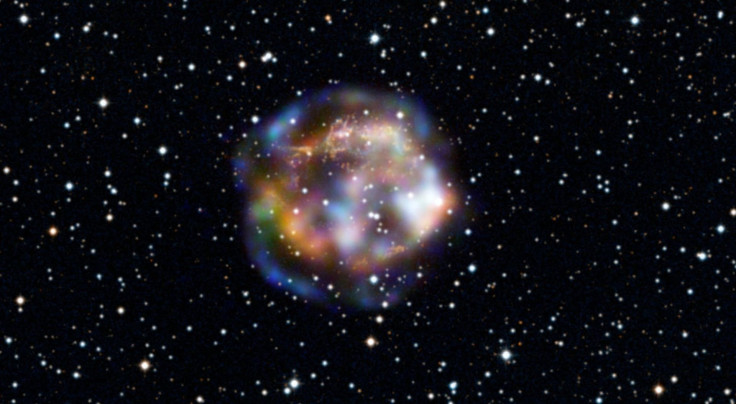Astronomers Photograph 1,800 Supernovae Through Subaru Telescope

By combining the Subaru Telescope with one of the world’s most powerful cameras, astronomers in Japan were able to capture images of 1,824 supernovae. Some of the supernovae captured on film are scientifically important due to their unique nature.
For the study, astronomers from different institutes and universities in Japan turned to the National Astronomical Observatory of Japan’s Subaru Telescope located in Hawaii’s Mauna Kea Observatory. They then paired the telescope with the Hyper Suprime-Cam, an impressive 870-megapixel ultra-wide-field camera.
Through their specialized equipment, the Japanese astronomers were able to observe and document over 1,800 supernovae, which are located around 8 billion light years away from Earth. According to their study, which was presented in the May 30 issue of the Publications of the Astronomical Society of Japan, 58 of the photographed supernovae are classified as Type 1a.
Also known as standard candles, Type 1a supernovae are extremely important for astronomers due to their steady light. Since the light they produce do not fluctuate, their distance from Earth can be accurately measured by astronomers. The light from a Type 1a supernova can also be used to measure the universe’s expansion rate.
Aside from these, the astronomers were also able to discover five superliminous supernovae, which are also referred to as hypernovae. According to Astronomy.com, this type of supernova has an explosion that’s 10 times brighter than a standard one, allowing astronomers to spot them even at extreme distances. Scientists believe a hypernova happens when a star that’s about 40 times bigger than the sun dies.
Like the Type 1a supernova, the discovery of hypernovae is also very significant because when astronomers observe stars from extreme distances, the light that they’re seeing came from billions of years ago. This means they are seeing a streak of light from the past since its source has already died or went supernova. By studying hypernovae, astronomers get the chance to observe the early conditions of the universe when the massive stars were first formed.
An interactive grid showing the newly discovered 1,824 supernovae was created and shared online by Michitaro Koike of the National Astronomical Observatory of Japan.

© Copyright IBTimes 2024. All rights reserved.





















